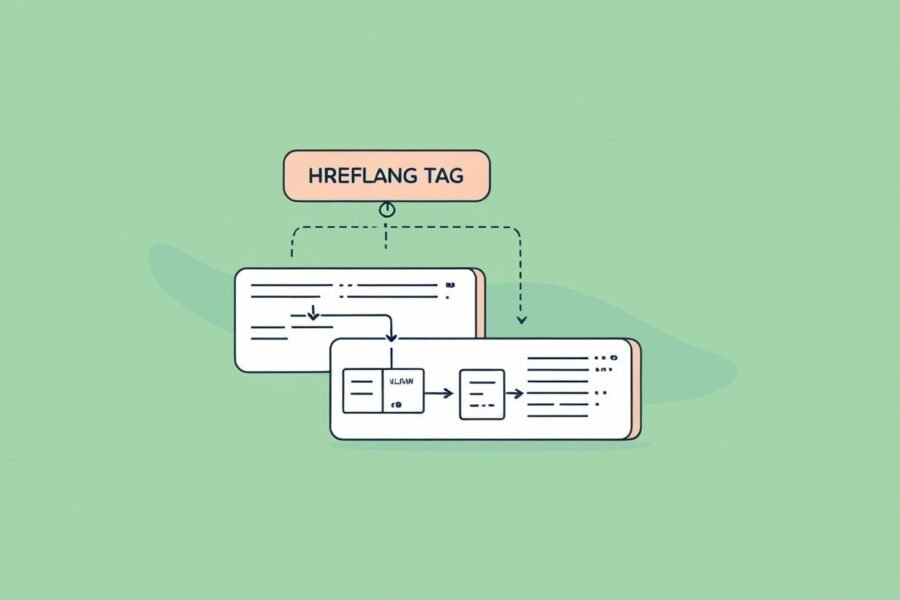Whenever I’m doing an audit or helping someone plan a content migration or create a new web architecture structure, one of the first things I look at is the URL structure. Not because it’s flashy. Not because it’ll magically get you to position #1. But because clean, descriptive URLs quietly support everything else you’re doing in SEO. So in this article, I want to walk you through what makes a good SEO-friendly URL, how to avoid the usual messes I see, and how to make sure your links are working for you and not against you.
Table of Contents
What Is an SEO-Friendly URL? (The Way I Explain It to Clients)
Think of it like this: if a user or a search engine looked at your URL alone, would they have any clue what your page is about?
An SEO-friendly URL:
- Is easy to read
- Describes the page content
- Contains a relevant keyword (without sounding robotic)
- Is short and clean
- Avoids unnecessary symbols, tracking codes, or gibberish
Also, technically speaking , it ends with a URL slug, which is the part after the domain name that uniquely identifies the page (ex: /seo-tips)
Why I Still Care About URL Structure
Look, URLs alone won’t win you rankings. But here’s why I still bring them up:
- Better crawlability: Helps Google understand site hierarchy.
- Higher click-through rates: Clear, relevant slugs attract more clicks in the SERPs.
- Improved usability: Easy-to-read links are more likely to be trusted and shared.
- Enhanced organization: A consistent structure keeps your site scalable.
- Content clustering: Google uses URLs to understand topical relationships between pages.
Clean URLs = better UX. And better UX = stronger SEO signals.
Here’s a simple approach I use every time:
- Start with the page title or topic
- Remove filler words and special characters
- Condense it to the essential keyword or concept
- Use hyphens to separate words
- Convert everything to lowercase
Example:
Title: “What Are Hreflang Tag Attributes and How to Implement Them Correctly”
URL: /hreflang-complete-guide
It’s short, meaningful, and doesn’t go out of date.
Best Practices for SEO-Friendly URLs
These are the exact tips I share with clients, whether we’re redesigning a site or fixing legacy content:
Keep It Short and Descriptive
You don’t need the full blog title in the slug. Just the keyword or concept.
Example:
- ✅ : /complete-seo-checklist-for-beginners
- ❌ : /2024-complete-seo-checklist-for-beginners-technical-keywords-content-ai-tips
Hyphens Only
Avoid underscores (_) or camelCase. Use hyphens (-): they’re the standard.
Use a Focus Keyword (Naturally)
Don’t force it, but if the page is about Best SEO tools, the slug should reflect that.
Good:
/best-seo-tools
Avoid overkill like:
/2020-best-seo-content-tools
Avoid Dates
If your content is evergreen, there’s no need for a year in the slug.
- ✅: /complete-seo-guide
- ❌: /complete-seo-guide-2023
Remove Unnecessary Parameters
Clean URLs perform better and are easier to understand.
- ✅: /product-name
- ❌ :/product?id=45632&utm_source=email
Reflect Site Structure
The folder structure should match your topic clusters.
- ✅ : /blog/python-for-seo
- ✅ : /resources/seo-tools
Whether you’re launching new pages or auditing old ones, SEO-friendly URLs are a smart, scalable investment. They’re easy to implement, help Google and users alike, and make your site feel more professional.
- OpenAI Adds Shopping Features to ChatGPT: Here’s Everything You Need to Know - May 10, 2025
- How to Create SEO-Friendly URLs - March 27, 2025
- What Are Hreflang Tag Attributes and How Can I Help You to Implement Them Correctly - March 26, 2025

